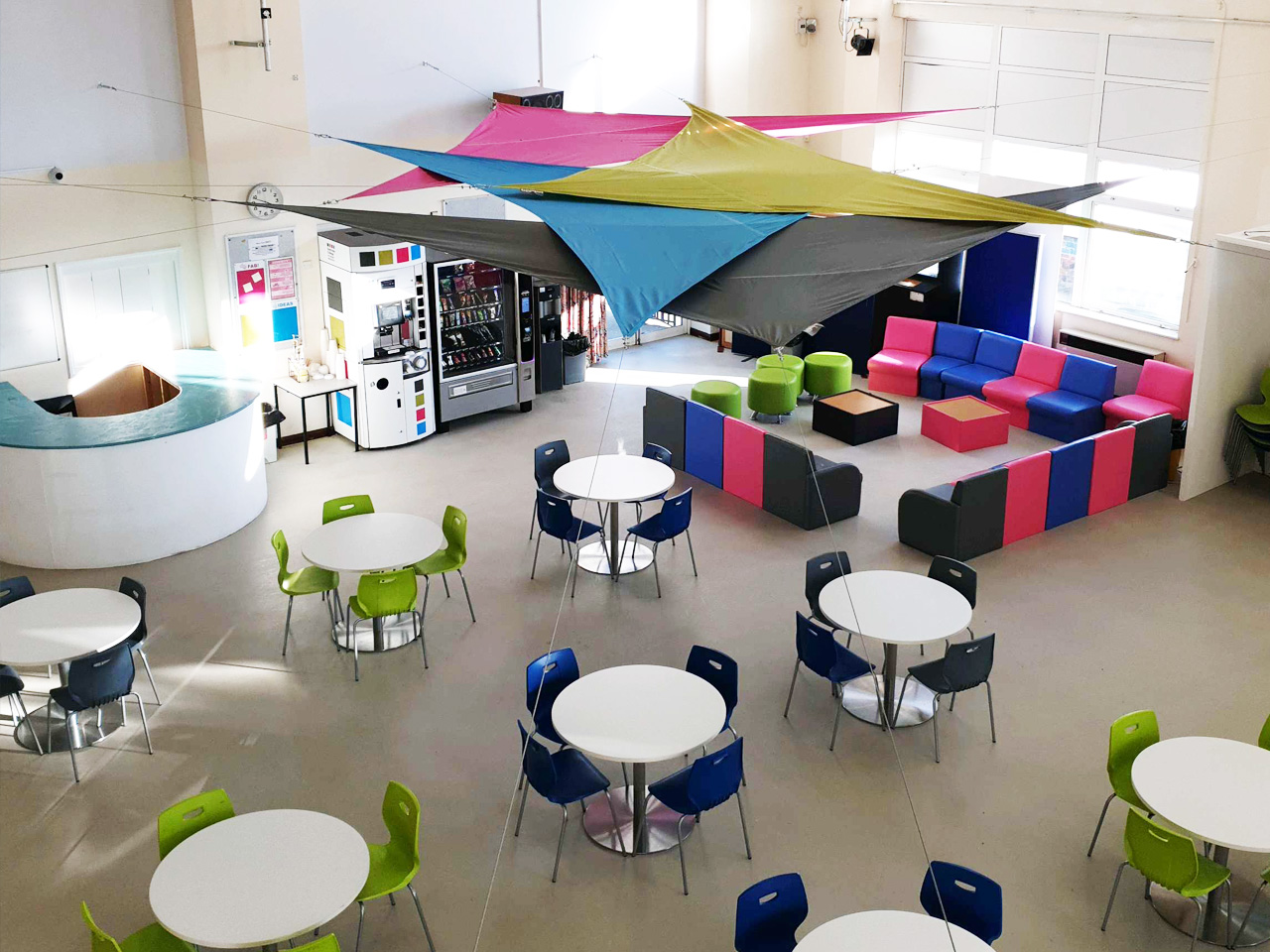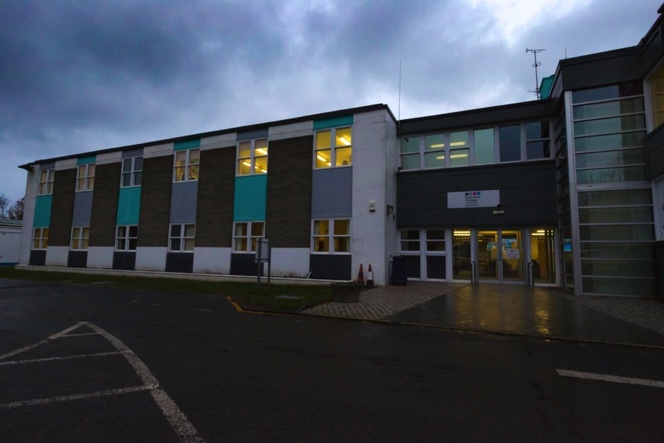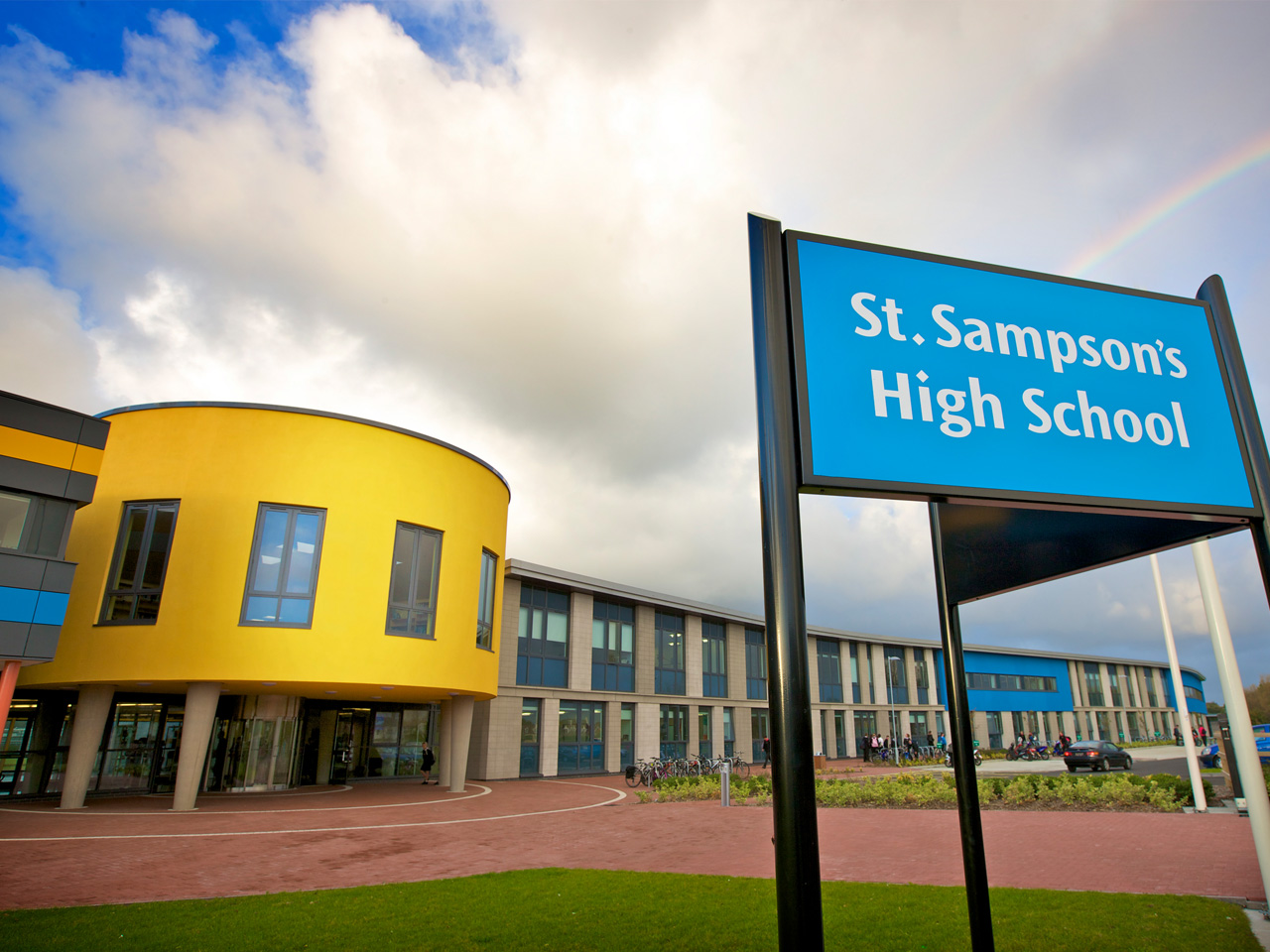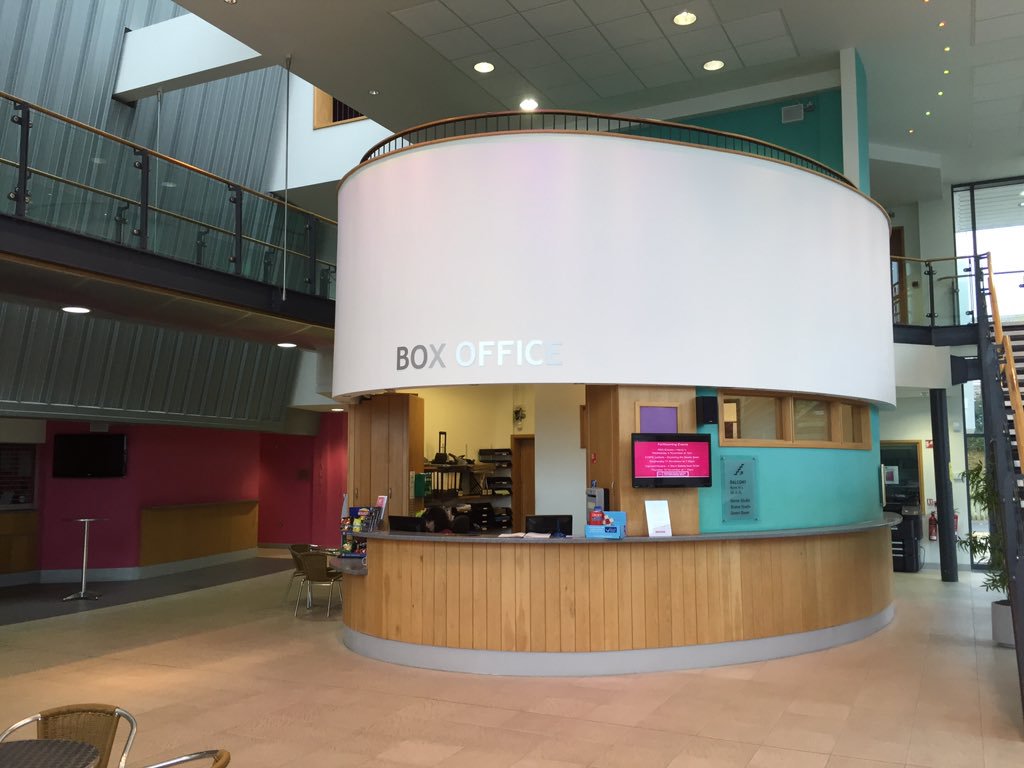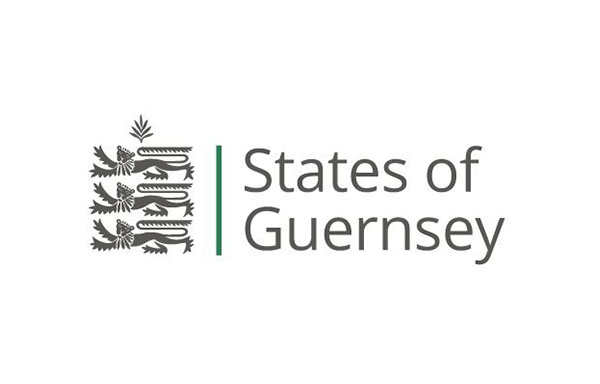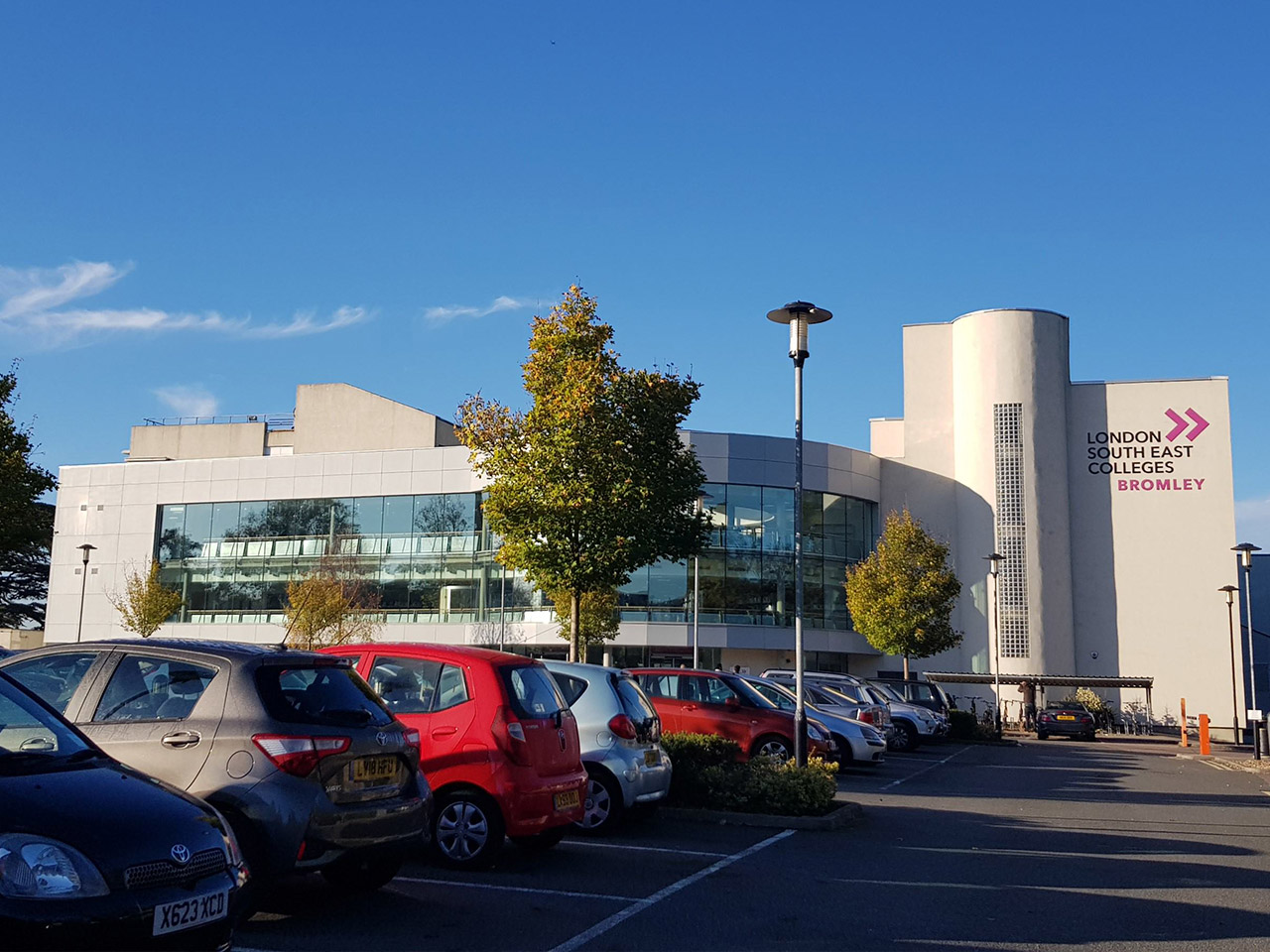The Guernsey Institute
The Guernsey Institute (TGI): Guernsey’s New Provider of Further and Higher Education
In 2019 there were three on-island providers for further and higher education: the Guernsey College of Further Education (GCFE), the GTA University Centre (GTA UC), and the Institute for Health & Social Care Studies (IHSCS).In January 2018, the States directed the Committee for Education, Sport & Culture to create a single organisation which will deliver full-time and part-time technical, professional and vocational studies for the Bailiwick of Guernsey, by integrating the existing three providers. Peter Marsh Consulting Limited was commissioned to provide a report on the further and higher estate planning.
Most of the Estates Strategies that we write at PMc remain confidential documents but in this case our report was shared openly with Elected Members and the public. The full report can be downloaded from the link below (please note: due to size restrictions it has been separated into two main documents with 3 appendices.)https://www.gov.gg/fhtransformation
As part of the work taking place to integrate the three providers of further and higher education in Guernsey, PMc were commissioned to consider the space requirements of the future organisation to inform the education brief for the project. We have subsequently been retained by the States to provide independent project assurance advice on both the TGI and 11-16 school and 6th form education transformation projects.
The Guernsey Institute: Guernseys New Provider of Further and Higher Education
States of Guernsey – 11-18 Space Planning Report

